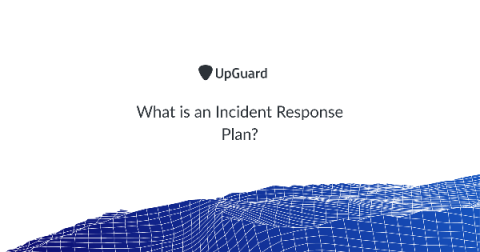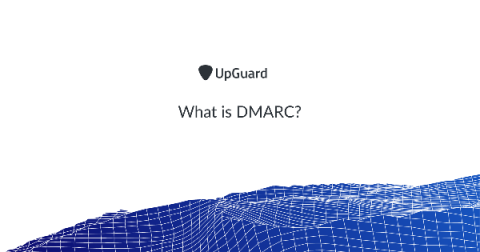Weekly Cyber Security News 22/11/2019
A selection of this week’s more interesting vulnerability disclosures and cyber security news. Leaky bucket time once again. With so much effort by the providers to make it as hard as possible to accidentally expose data, then for the devs to try really hard to undo all of that because they are too lazy (or lack understanding) to do a proper job, is utterly mystifying. Please, please try and make the effort...










